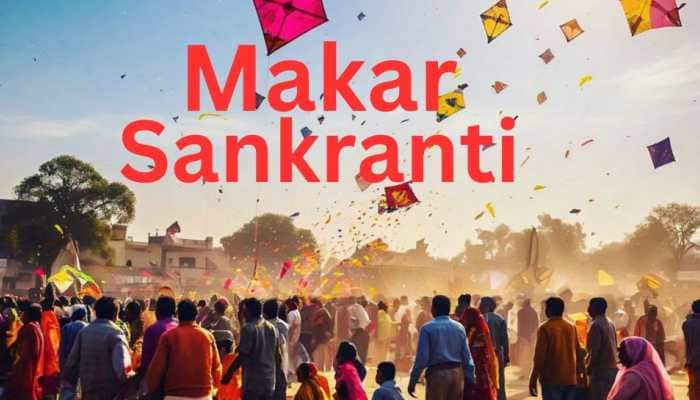From Kites To Pongal: Know How Makar Sankranti Is Celebrated In Every Corner Of India
Makar Sankranti, one of the most significant harvest festivals in India, marks the transition of the Sun into the zodiac sign of Capricorn (Makar), signaling the end of the winter solstice and the beginning of longer days. Celebrated with zeal and fervor, Makar Sankranti has regional significance and is celebrated in diverse ways across the country. Let’s take a journey through India and explore the unique customs and traditions associated with this vibrant festival.
Punjab: Lohri and Bhangra
)
In Punjab, Makar Sankranti is celebrated as Lohri, a festival that marks the harvest of rabi crops, especially sugarcane, and is celebrated with grand bonfires. The night before Makar Sankranti, people gather around the bonfire, throw sesame seeds, jaggery, and sugarcane into the flames, singing folk songs like Sundar Mundriye and performing traditional Bhangra and Gidda dances. The festival is a time for socializing, feasting on foods like til (sesame seeds) and jaggery, and celebrating the abundance of the harvest.
Maharashtra: Tilgul and Kite Flying
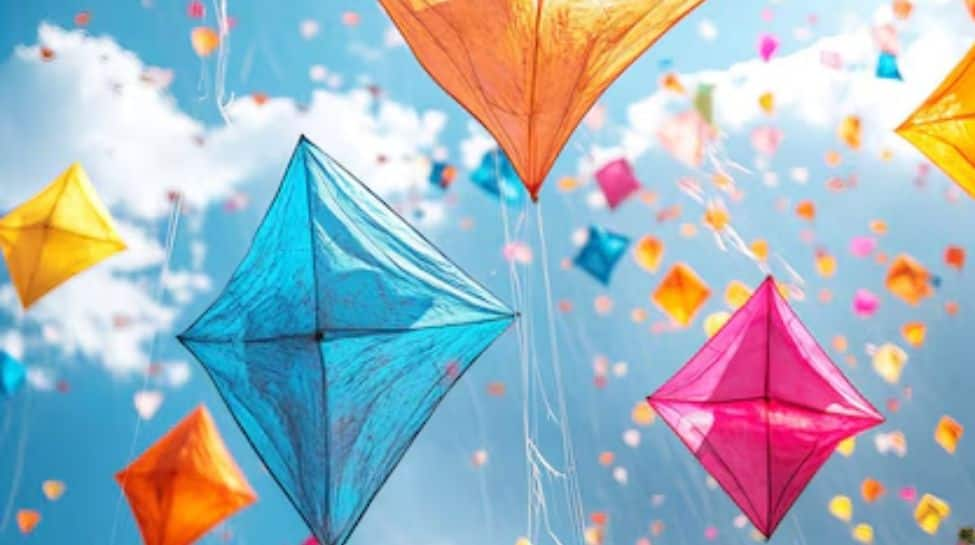
In Maharashtra, Makar Sankranti is celebrated with the exchange of Tilgul—a sweet made from sesame seeds and jaggery. It’s a time to "tilgul ghya, god bola," meaning “take the tilgul and speak sweetly.” This is a symbol of friendship and the desire to leave behind bitterness and start afresh. On the day of Makar Sankranti, people also enjoy flying kites, a tradition known as Uttarayan, where the skies are filled with vibrant colors and spirited competitions between kite flyers. The atmosphere is festive, with a mix of delicious food and cultural activities.
Gujarat: Uttarayan
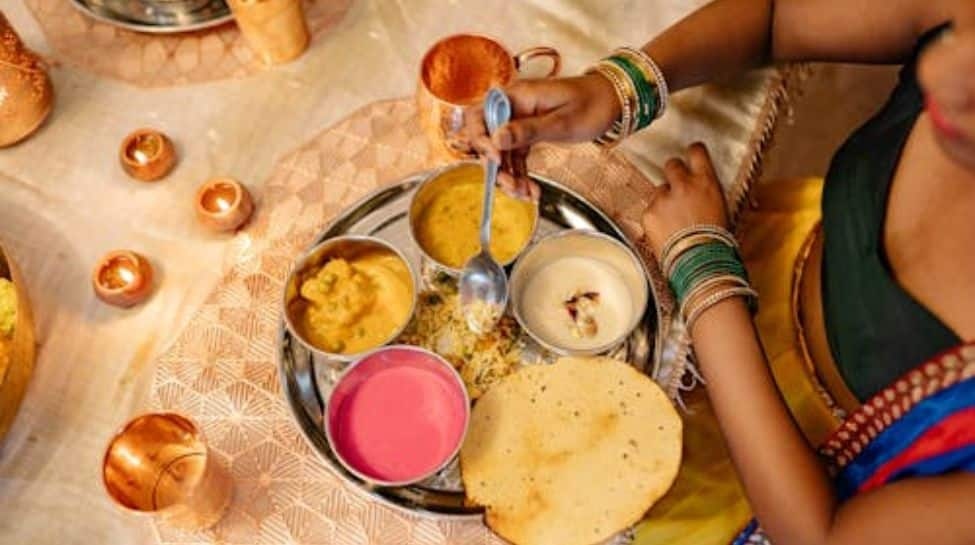
In Gujarat, Makar Sankranti is a highly anticipated festival, often referred to as Uttarayan. The state comes alive with kite festivals, where people of all ages take to rooftops and open spaces to fly kites, trying to outdo one another in a colorful and energetic display. The skies are dotted with kites of all shapes and sizes, and the competition to cut each other’s kite strings is fierce. Along with kite flying, people indulge in traditional foods like undhiyu (a mixed vegetable dish), khichdi, and dahi-chiwda (a yogurt and puffed rice dish).
Tamil Nadu: Pongal
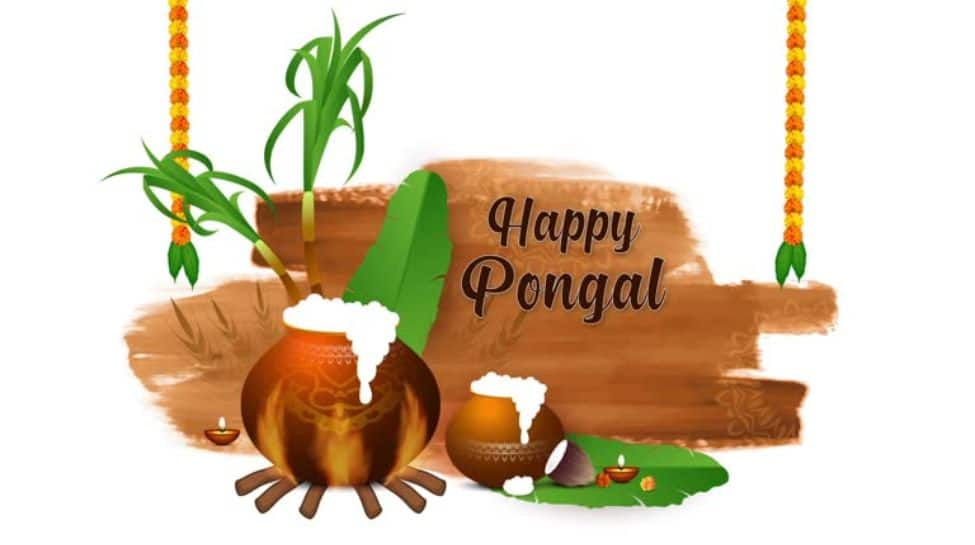
In Tamil Nadu, Makar Sankranti is celebrated as Pongal, a multi-day festival that honors the Sun God, the harvest, and nature. The first day of Pongal, called Bhogi, is dedicated to discarding old items and celebrating new beginnings. The second day, Thai Pongal, is the main event, where families cook Pongal (a dish made from freshly harvested rice, milk, and jaggery) and offer it to the Sun God. The third day, Mattu Pongal, celebrates the relationship between farmers and their cattle, with cows and bulls being decorated and honored. The festival is marked by vibrant decorations, dances, and music, making it one of the most widely celebrated festivals in South India.
Andhra Pradesh and Telangana: Sankranti
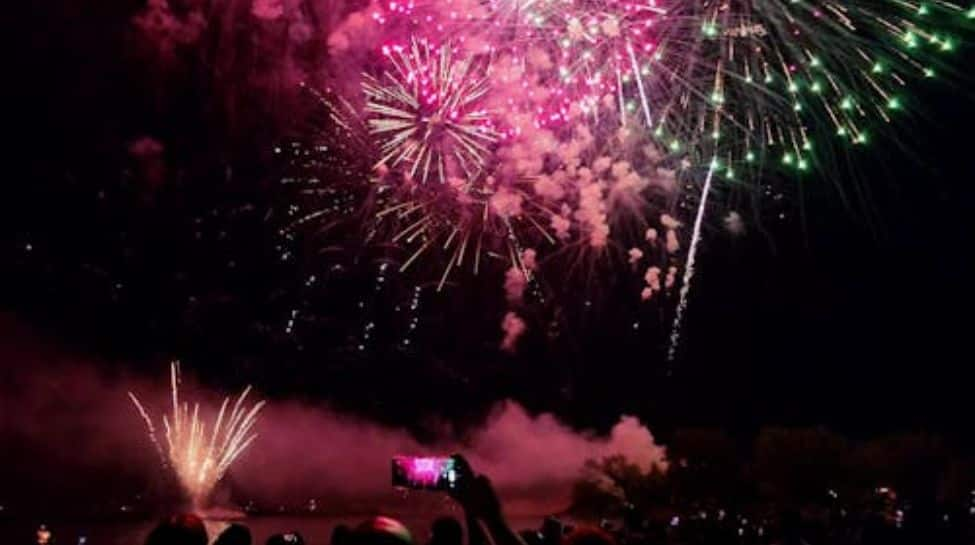
In Andhra Pradesh and Telangana, Makar Sankranti is celebrated with much enthusiasm for four days, known as Pedda Panduga (Big Festival). The first day is called Bhogi, when people light bonfires to celebrate the end of the cold weather. The second day is Makar Sankranti, where people worship the Sun and prepare offerings of sweet rice and pongal. The third day is Kanuma, dedicated to the worship of cattle, and the fourth day, Mukkanuma, celebrates social bonding, with people gathering for feasts and games.
A hallmark of Sankranti celebrations in these states is the flying of kites, feasting on tilgul, and the preparation of pulihora (a tangy rice dish). Bhogi Pandlu (festive games) and bullock cart races are also common sights.
Karnataka: Suggi and Pongal
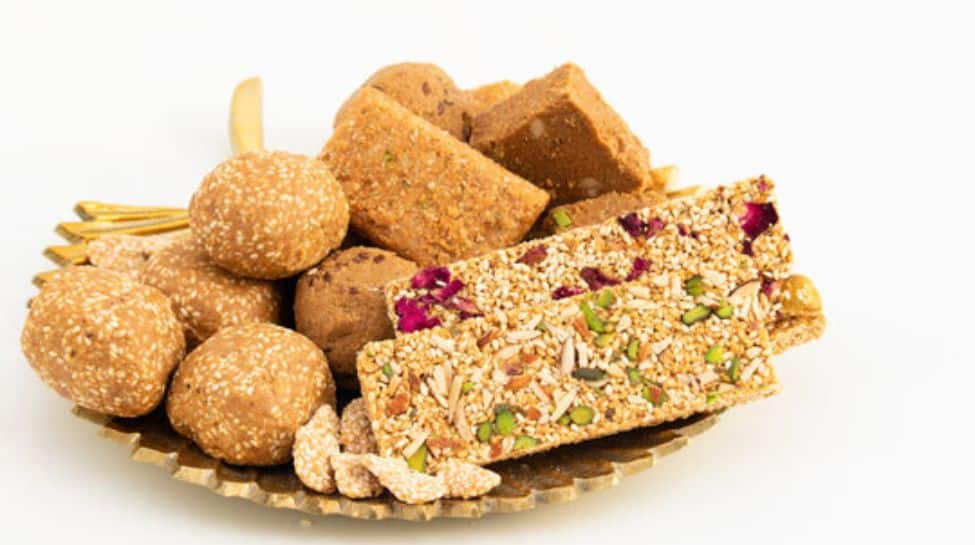
In Karnataka, Makar Sankranti is known as Suggi, a festival that celebrates the harvest. People traditionally decorate their homes with colorful rangolis and offer special prayers. The highlight of the festival is the preparation of ellu bella (a mixture of sesame seeds, jaggery, and coconut), which is exchanged with friends and family as a symbol of goodwill. Farmers express their gratitude for the harvest, and there are traditional dances and rituals that honor the Sun God.
Bihar and Jharkhand: Khichdi and Makar Sankranti Melas
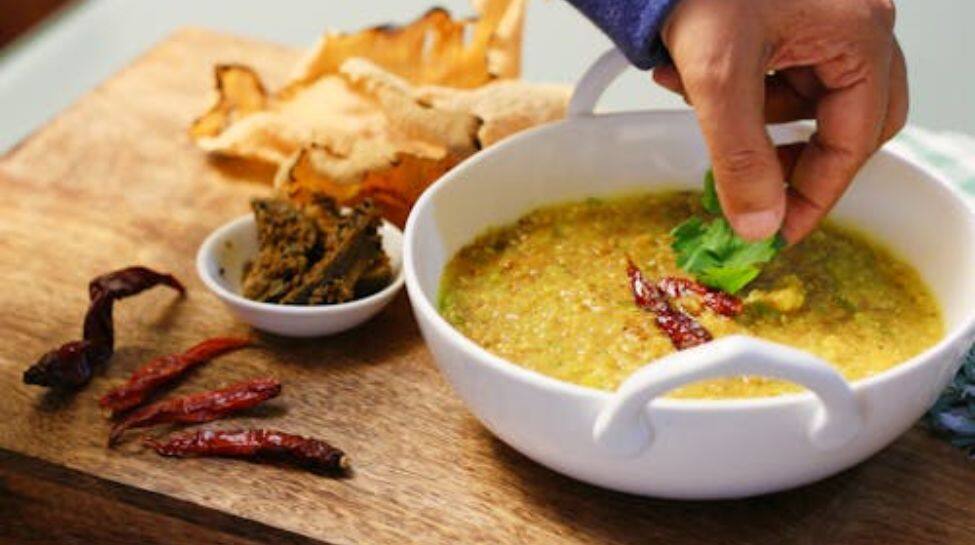
In Bihar and Jharkhand, Makar Sankranti is associated with the preparation of Khichdi, a dish made from rice and lentils, which is believed to bring health and prosperity. The festival is also marked by Makar Sankranti Melas (fairs) where people gather to celebrate, buy and sell local handicrafts, and indulge in traditional foods. The ritual of tarpan (offering prayers to ancestors) is also performed to seek blessings and ensure the well-being of family members.
West Bengal: Makar Sankranti and Ganga Snan
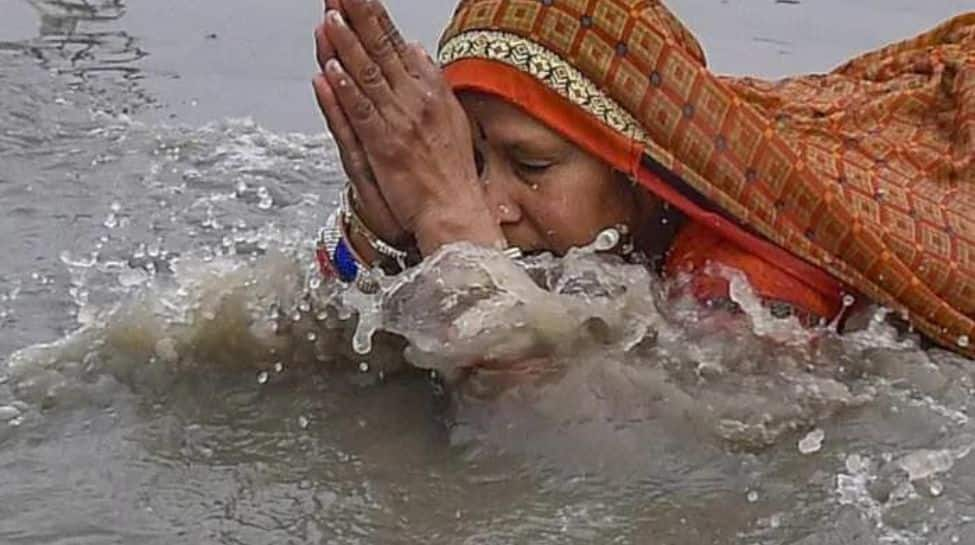
In West Bengal, Makar Sankranti is celebrated with a strong spiritual flavor. Pilgrims gather at the banks of the Ganges to take a holy dip, believing that it purifies them of sins. On this day, people cook til patti (a sweet made from sesame seeds and jaggery) and offer it to the Sun God. The atmosphere is full of devotional chants and prayers, and many families also visit temples for blessings.
Uttarakhand: Makar Sankranti in the Hills
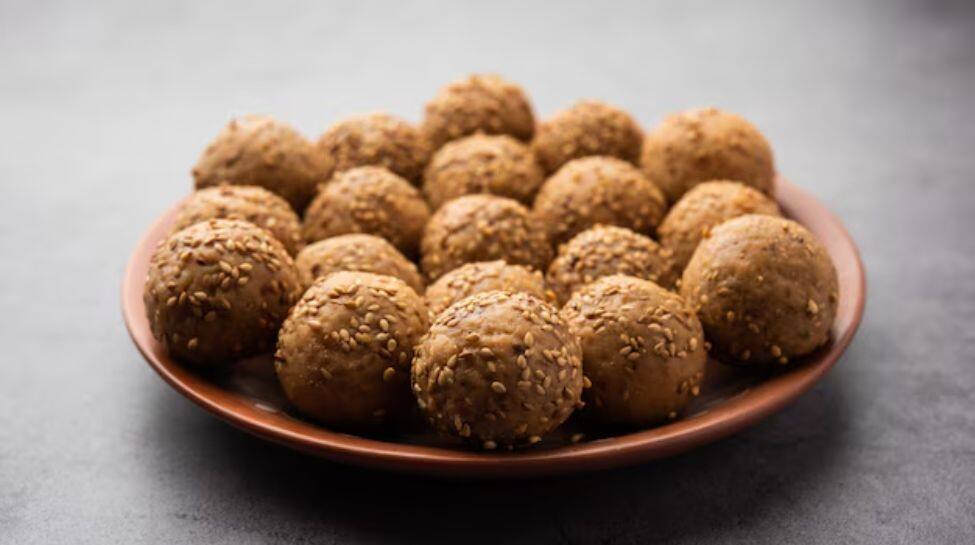
In the hilly regions of Uttarakhand, Makar Sankranti is celebrated with a unique fervor. Known as Khichdi Sankranti, the festival is celebrated by offering khichdi to deities and by preparing a variety of traditional sweets made from til and gur (jaggery). People visit temples to offer their prayers, and the festival marks the beginning of the harvesting season for the region’s main crops like rice, wheat, and pulses.
(This article is intended for your general information only. Zee News does not vouch for its accuracy or reliability.)
Trending Photos





